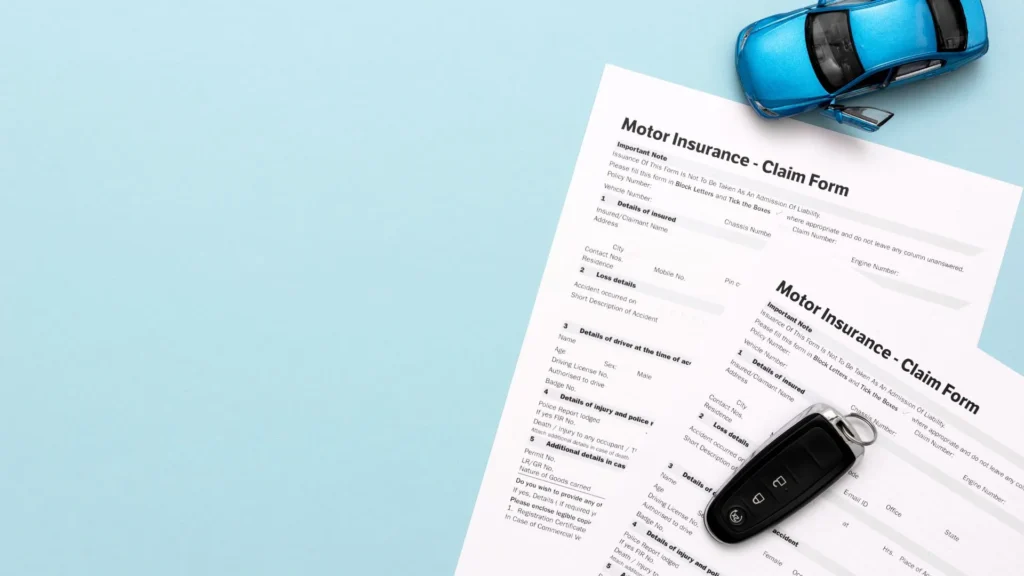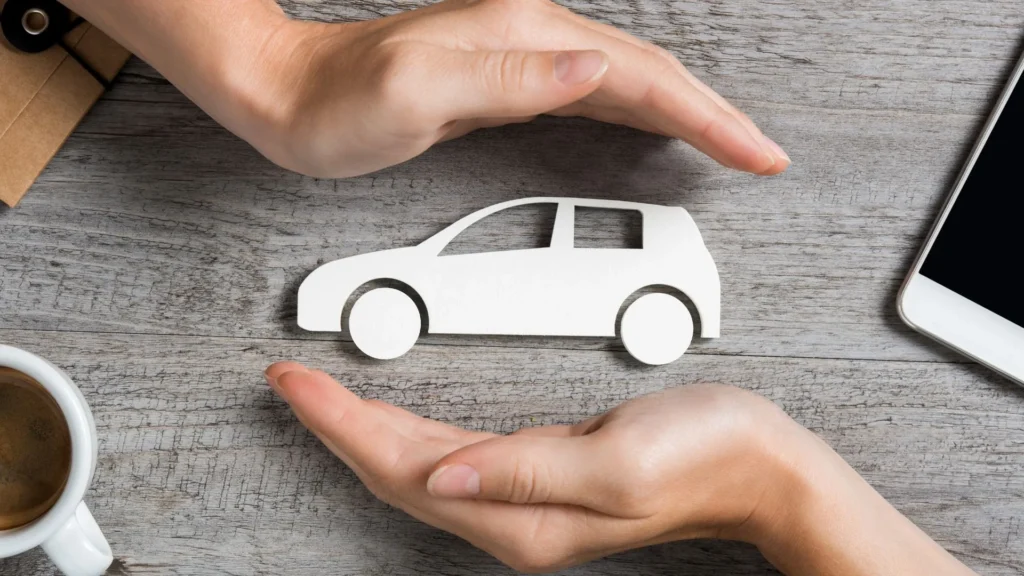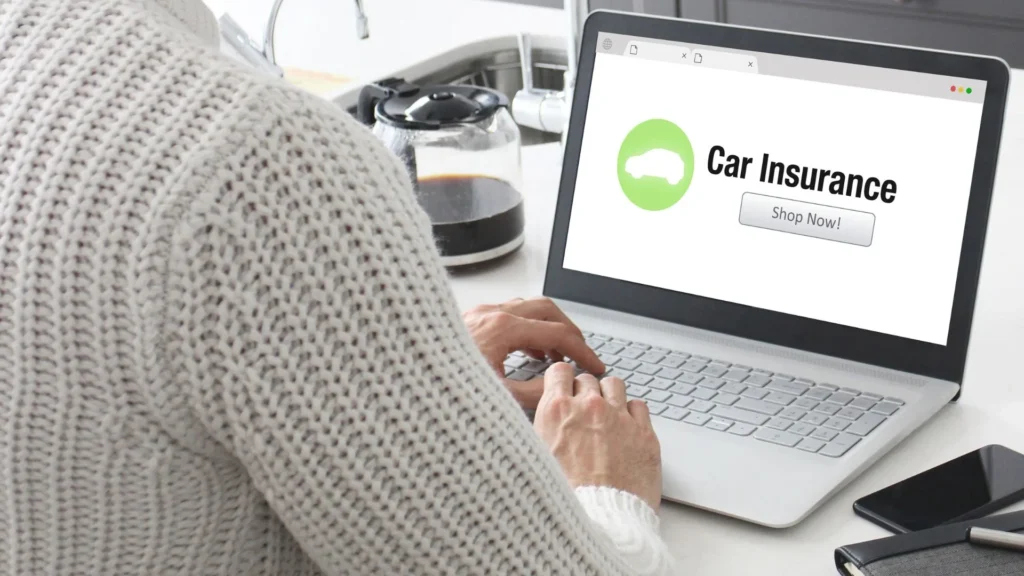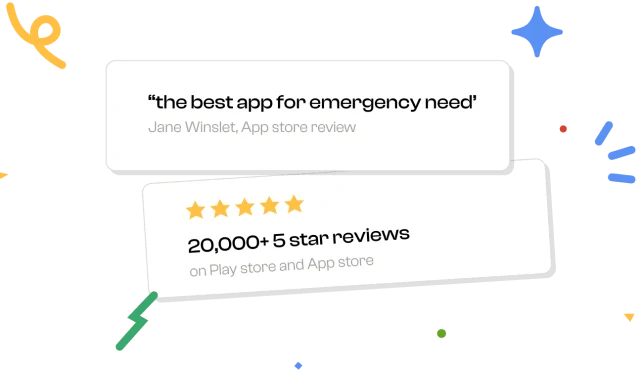Car accidents can be distressing events, and if you’ve been in one, you might be concerned about the impact it could have on your insurance rates. In 2020, the USA experienced 5,250,837 car accidents, making car insurance more critical. One of the key factors affecting insurance rates is fault determination. Therefore, it is critical to answer this question: Do insurance rates go up after no-fault accident? In no-fault accident insurance systems, the process works a bit differently. While purchasing your car insurance, compare quotes with Beem to get the best deal for your budget and the coverage you need in case of an accident.
In this blog, we will delve into what precisely no-fault accident insurance is, how fault is determined in such cases, and will answer if insurance rates go up after no-fault accident. Also, we will look for the importance of understanding car accident no insurance not at fault situations and what to do when encountering such incidents.
What is No-Fault Accident Insurance?
Personal Injury Protection (PIP), or no-fault accident insurance, covers medical expenses and other accident-related costs, irrespective of who was responsible for the accident. This means that even if you were responsible for the accident, your insurance would cover your expenses up to the policy limit. No-fault insurance aims to provide faster compensation to accident victims and reduce the need for lengthy legal battles to determine fault.
What to Do When You Meet with an Accident
Ensuring your safety and protecting your interests after an accident is paramount, regardless of who was at fault. To help you navigate through such a situation, here is a comprehensive step-by-step guide on what to do:
Prioritize Safety
A crucial concern should be checking for injuries for yourself and others involved in the accident. If anyone requires medical attention, seek help immediately.
Report to Authorities
Contact the police to report the accident, no matter how minor. Waiting for their arrival will allow an official statement to be filed, which can be essential for insurance claims and legal purposes.
Document the Scene
If it is safe, take multiple photographs of the accident scene. Capture any visible damages to the vehicles involved, the surrounding environment, and any road signs or signals relevant to the incident. These pictures can serve as crucial evidence during the claims process.
Exchange Information
Communicate with the other driver(s) involved in the accident and exchange necessary contact details, including names, phone numbers, addresses, and insurance details. Additionally, note the vehicles’ make, model, and license plate numbers.
Obtain Witness Information
If witnesses are present at the scene, collect their contact information. Eyewitness accounts can provide valuable insights into the incident and help establish a clearer picture of what happened.
Notify Your Insurance Company
Inform your insurance company about the accident immediately. Please provide them with accurate and detailed information regarding the incident. Promptly reporting the accident can expedite the claims process and ensure a smoother resolution.
Remember, even in a no-fault accident insurance system, following these steps is crucial to protect your rights and assist in the claims process.

How Is Fault Determined in an Accident?
In traditional fault-based insurance systems, a claims adjuster or court assesses the evidence to determine who was at fault in the accident. The at-fault driver’s insurance company then covers the damages and injuries of the innocent party.
Several methods and factors are used to determine fault, including:
- Police Report: After responding to an accident, law enforcement officers often prepare a police report. This report contains their observations, statements from involved parties and witnesses, and an accident scene analysis. Insurance companies may use this report as a starting point for determining fault.
- Witness Statements: Statements from eyewitnesses who saw the accident can provide valuable information. Their accounts can help corroborate or dispute the versions of events provided by the drivers involved.
- Traffic Laws: The rules of the road are critical in determining fault. Violations of traffic regulations, such as speeding or failing to yield, can indicate negligence and contribute to fault assessment.
- Accident Reconstruction: In more complex cases, accident reconstruction experts may be called upon to analyze the evidence and recreate the events leading up to the collision. This can help establish a clearer picture of how the accident occurred and who was at fault.
- Driver Statements: The drivers involved in the accident may provide their accounts of what happened. However, it’s essential to consider that drivers may be biased in their favor.
- Surveillance Footage: In some cases, nearby surveillance cameras or dashcams from other vehicles might have captured the accident. This footage can be crucial in determining fault.
However, fault determination is not the primary factor in the claims process in a no-fault insurance system. Regardless of fault, each party’s insurance pays for their medical expenses and damages. This means your insurance premiums are less likely to increase solely due to the accident being your fault.
also know about: how much does insurance go up after an accident
Do Insurance Rates Go Up After a No-Fault Accident?
The good news is that your rates are generally less likely to increase in no-fault accident insurance states based on a single accident where you were at fault. Since each driver’s insurance covers their expenses, insurers focus more on the frequency and severity of claims when determining rates. However, there are a few considerations to keep in mind:
- Claim Frequency: High claims frequency might increase premiums even in no-fault states.
- Serious Accidents: If the accident resulted in severe injuries or extensive property damage, there could still be an impact on your rates.
- State Regulations: Insurance regulations vary by state, so it’s essential to be aware of the specific rules in your state.

Conclusion
This blog must have helped you answer the question: Do insurance rates go up after no-fault accident? No-fault accident insurance systems aim to streamline the claims process and provide faster assistance to accident victims, regardless of fault. While insurance rates might not go up after a no-fault accident, it is essential to maintain a safe driving history to keep your premiums as low as possible. Get auto insurance with Beem as it covers damage to your vehicle, damage to other vehicles or property, and injuries to yourself or others. Always follow proper procedures after an accident and promptly notify your insurer.
Frequently Asked Questions
1. Will My Insurance Rates Increase if I’m Not at Fault in an Accident?
In no-fault accident insurance systems, your rates are less likely to increase if you are not at fault. However, other factors like claim frequency and the severity of accidents can still influence your premiums.
2. Should I File a Claim With My Insurance After a No-Fault Accident?
You must notify your insurance company about the accident even if you were not at fault. They must know about the incident, especially if you have PIP coverage to help with your medical expenses.
3. Is No-Fault Accident Insurance Available in All States?
No, not all states have adopted no-fault insurance systems. Insurance regulations vary from state to state, so it’s crucial to know the rules in your state and understand how they affect your coverage.





























